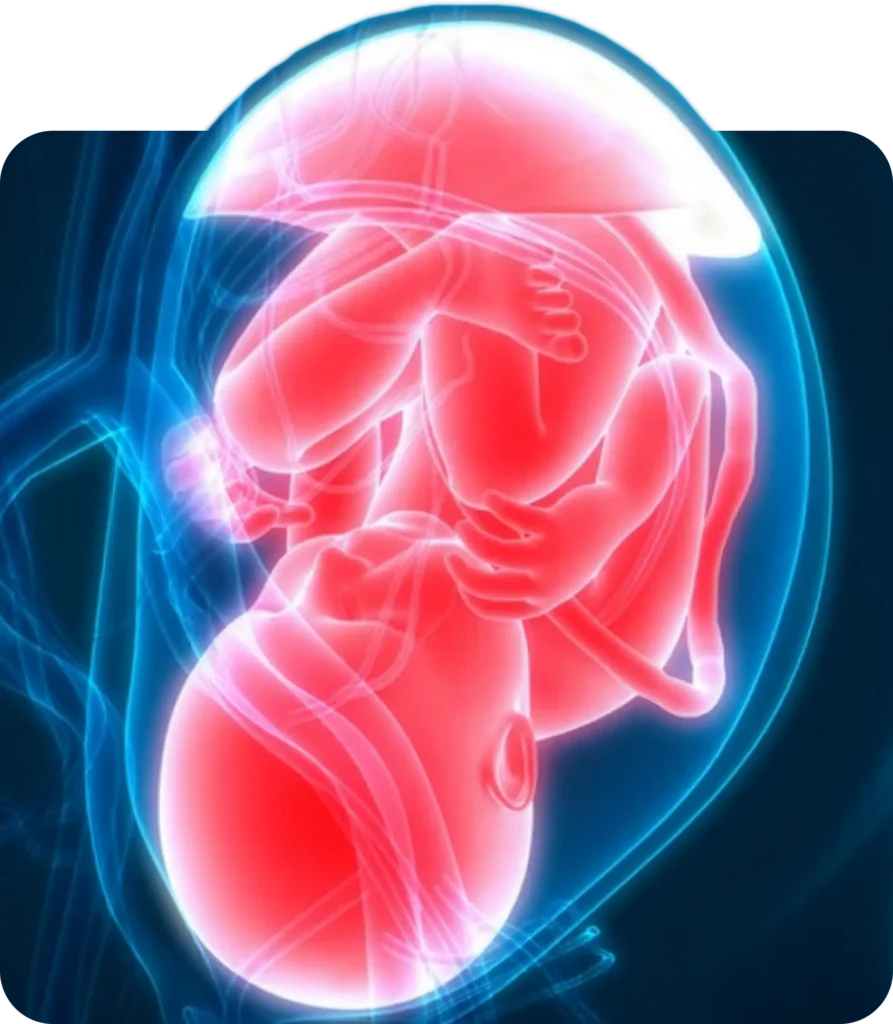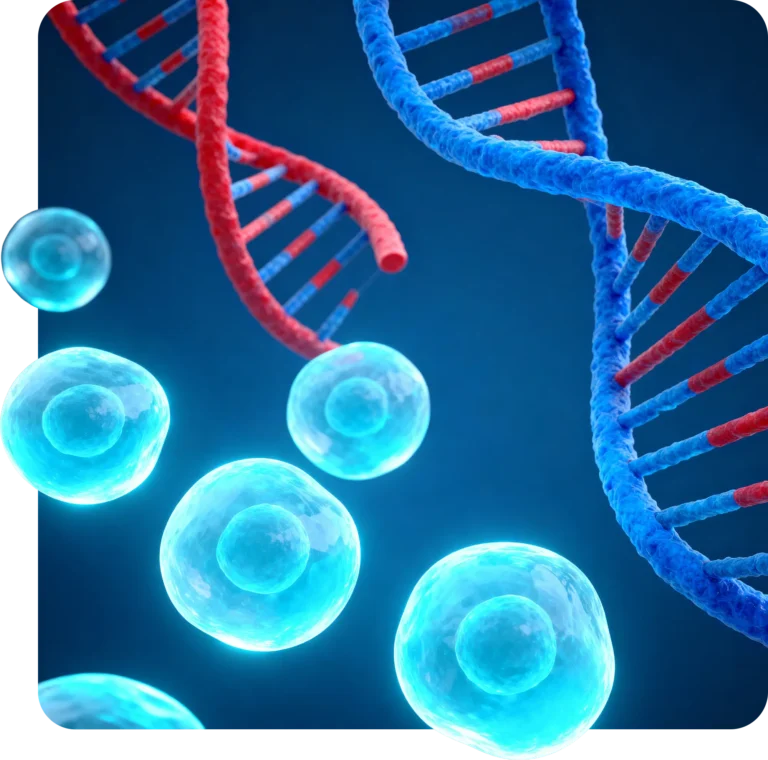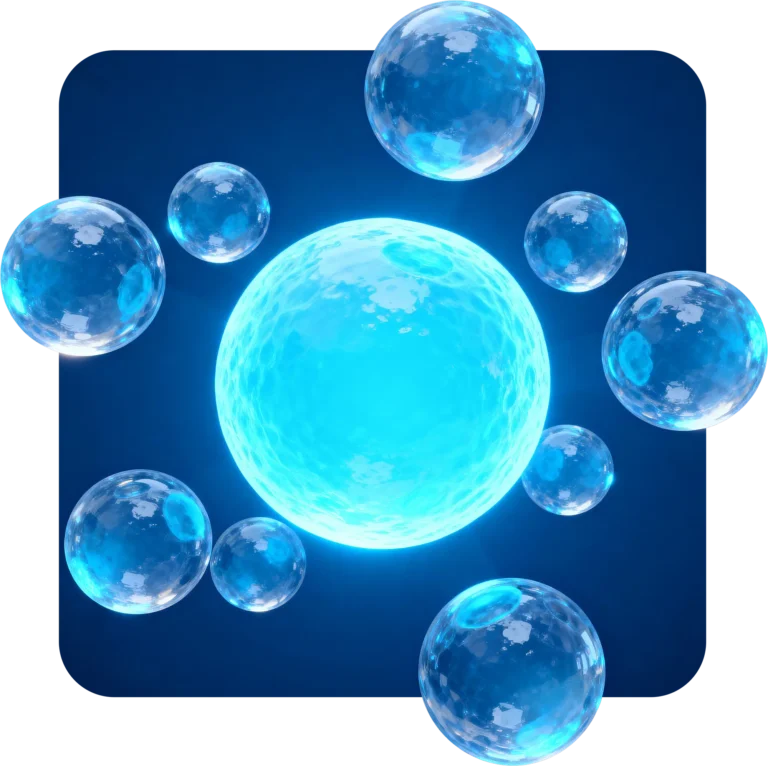The placenta is an extraordinary organ: during pregnancy, it is the “vital center” that nourishes and protects the baby, regulating the exchange of oxygen, nutrients, and immune signals with the mother.
Once the baby is born, the placenta is often considered waste material. In reality, it is one of the richest natural sources of stem cells.

Unlike the cord, which provides a very specific type of cells, the placenta is a true double-compartment treasure chest:

One of the most fascinating aspects of the placenta is its immunological intelligence. During the nine months of pregnancy, it manages to maintain a delicate balance: it allows the baby (genetically “foreign” for half) to grow without the mother’s immune system rejecting it.
Placental stem cells inherit part of this natural “know-how”:

From a biological point of view, the stem cells of the placenta have a remarkable differentiation capacity:

The preservation of the placenta, along with blood and cord tissue, means expanding the range of therapeutic possibilities for the future.
It is a unique and irreplaceable source: it can only be collected at the time of birth, in a simple and non-invasive manner.
It enriches the biological reserve: it combines hematopoietic and mesenchymal cells into a single resource.
It could be crucial in the future: clinical studies are exploring applications in immunology, oncology, cardiology, and neurology, aiming to harness the regenerative and immunomodulatory properties of placental cells.
In other words, the placenta is not a waste to be discarded, but a rich organ of potential. Preserving its stem cells means safeguarding a biological heritage that could one day translate into new treatments for diseases that currently have no answers.
Thanks to certified and secure processes, we offer quality services that meet the highest standards of the biotech industry.

Certified Swiss Biotech company a leader in stem cell preservation.
